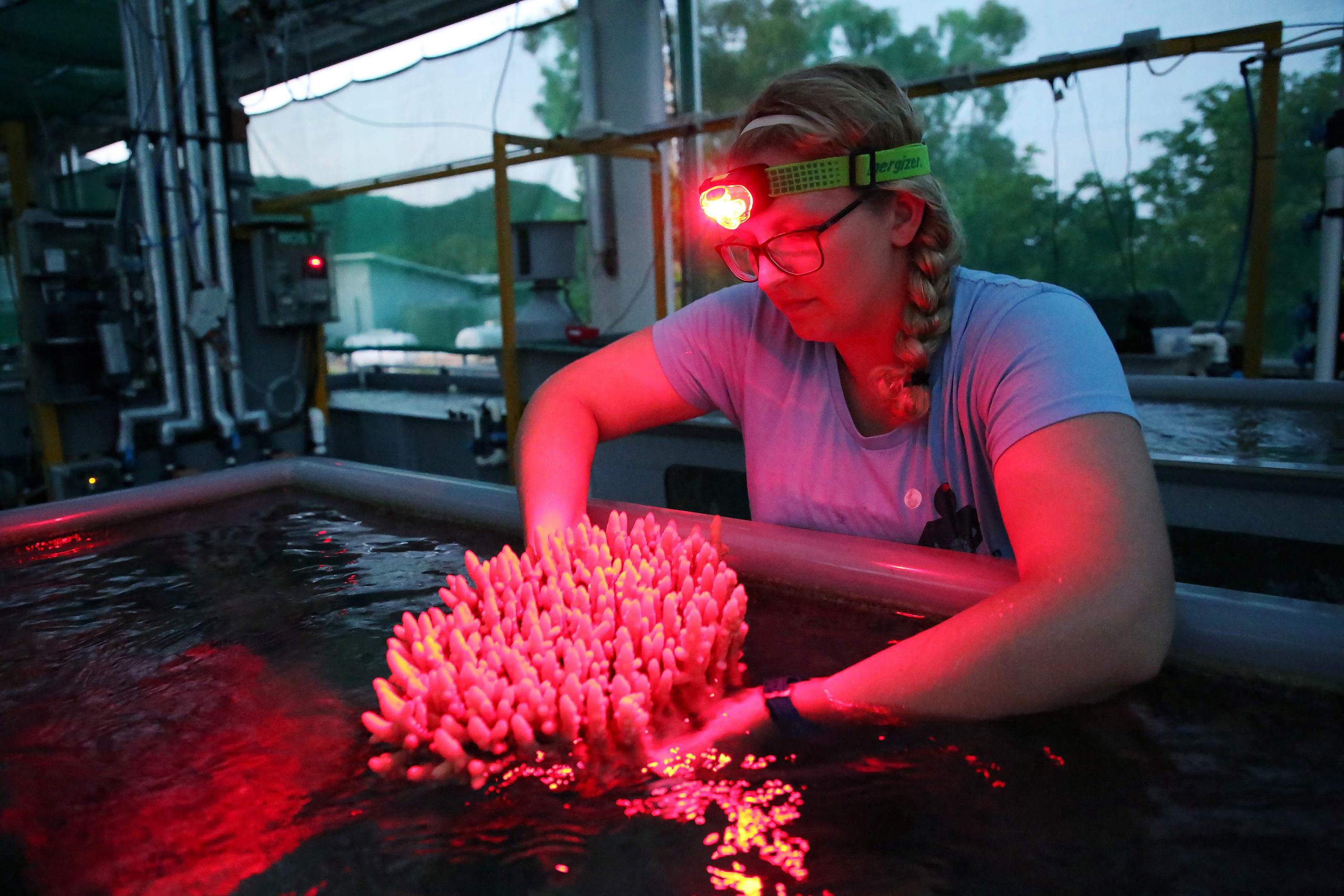History
The Concept Feasibility Study
The first back-to-back bleaching events of 2016 and 2017 on the Great Barrier Reef and other reefs around the world signalled that a step change was needed in coral reef restoration and adaptation science.
In 2018, the Australian Government provided funding for the founding RRAP consortium to determine the feasibility of intervening at scale on the Great Barrier Reef to help it adapt to, and recover from, the effects of climate change.
Over 18 months, RRAP conducted the world’s most rigorous and comprehensive investigation into small-, medium- and large-scale reef intervention, drawing on more than 150 experts from more than 20 organisations across the globe.
The RRAP Concept Feasibility Study found successful intervention was possible and could double the likelihood of sustaining the Reef in good condition by 2050. But time was of the essence: the longer we waited, the more expensive and difficult it would be to successfully intervene at any scale, and the greater the risk the window of opportunity would close.
The study found there was no single silver bullet solution, rather a range of methods would be needed to work together to provide compounding benefits, along with ongoing best-practice reef management and emissions reduction.
Such interventions needed to:

Protect key ecological functions and economic and social values of the Great Barrier Reef

Be logistically feasible to deploy at scale

Be at a price point that is affordable to deploy across entire reef scapes.
The RRAP Concept Feasibility Study investigated 160 potential interventions and long-listed 43. Interventions with the highest likelihood of success and aimed at prevention were prioritised over those aimed at repair, as it was determined to be faster and ultimately more effective to protect the reef and help it adapt to climate change than to try to help it recover after damage or destruction.
Potential interventions chosen would be rigorously tested and risk-assessed. They would be implemented at an effective scale if, when and where it was decided action was needed.
The first stage of the RRAP R&D Program then launched in late 2020, funded through the allocation for Reef Restoration and Adaptation Science under the partnership between the Australian Government’s Reef Trust and the Great Barrier Reef Foundation. This is supplemented with contributions from philanthropy and research providers.

Dr Carly Randall with coral in aquaculture, ahead of the annual spawning event. Credit: AIMS






